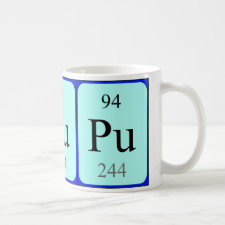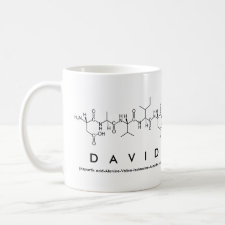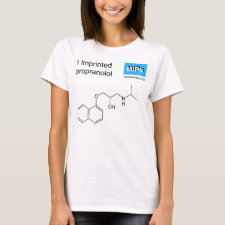
Authors: Fireman-Shoresh S, Popov I, Avnir D, Marx S
Article Title: Enantioselective, chirally templated sol-gel thin films.
Publication date: 2005
Journal: Journal of the American Chemical Society
Volume: 127
Issue: (8)
Page numbers: 2650-2655.
DOI: 10.1021/ja0454384
Abstract: Enantioselective surfactant-templated thin films were fabricated through the sol-gel (SG) process. The enantioselectivity is general in the sense that it discriminates between pairs of enantiomers not used for the imprinting process. The chiral cationic surfactant (-)-N- dodecyl-N-methylephedrinium bromide (1) was used as the surfactant template, and after its extraction chiral domains were created. The chiral discriminative feature of these films was examined by challenging with pure enantiomer solutions for rebinding. Selective adsorption was shown using (R)- and (S)- propranolol, (R)-2 and (S)-2, respectively, and (R)- and (S)- 2,2,2-trifluoro-1-(9-anthryl)ethanol, (R)-3 and (S)-3, respectively, as the chiral probes. The selective adsorption was measured by fluorescence analysis, and the chiral selectivity factors were found to be 1.6 for 2 and 2.25 for 3. In both cases, (R)-enantiomer was adsorbed preferably. The resulting material was characterized by transmission electron microscopy, by diffraction, and by surface area measurements, and was found to be semicrystalline with short-range ordered domains (50 Angstrom) of hexagonal symmetry
Template and target information: (-)-N- dodecyl-N-methylephedrinium bromide, propranolol, 2,2,2-trifluoro-1-(9-anthryl)ethanol



Join the Society for Molecular Imprinting

New items RSS feed
Sign-up for e-mail updates:
Choose between receiving an occasional newsletter or more frequent e-mail alerts.
Click here to go to the sign-up page.
Is your name elemental or peptidic? Enter your name and find out by clicking either of the buttons below!
Other products you may like:
 MIPdatabase
MIPdatabase









